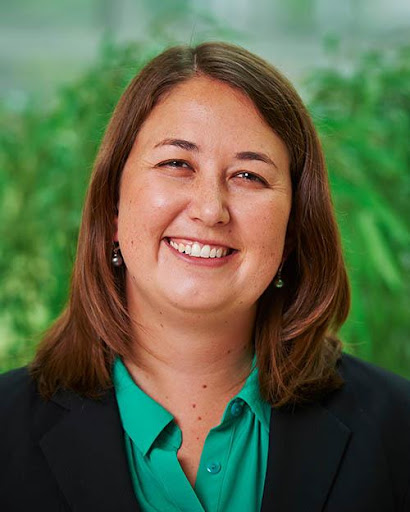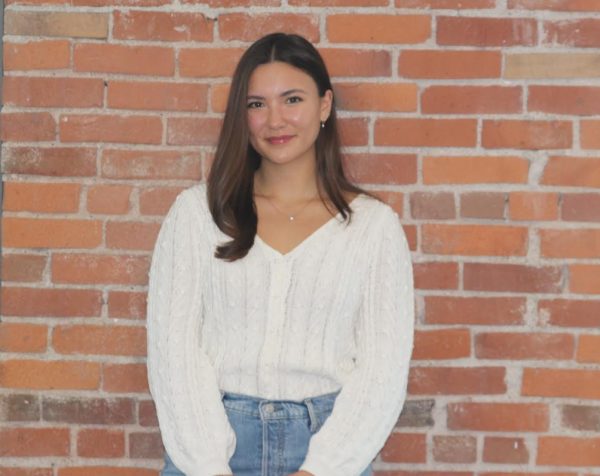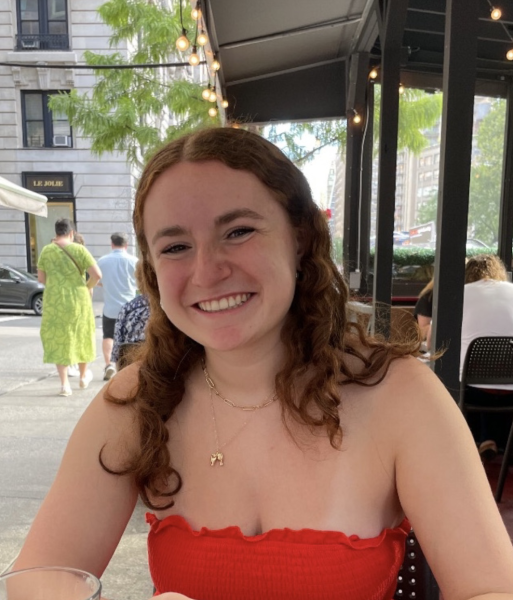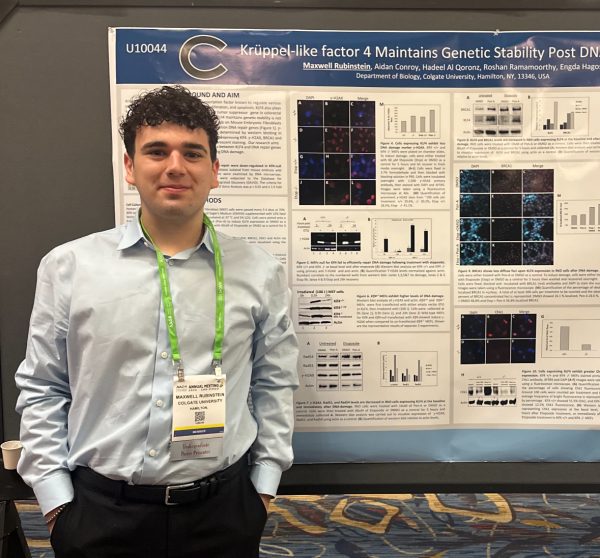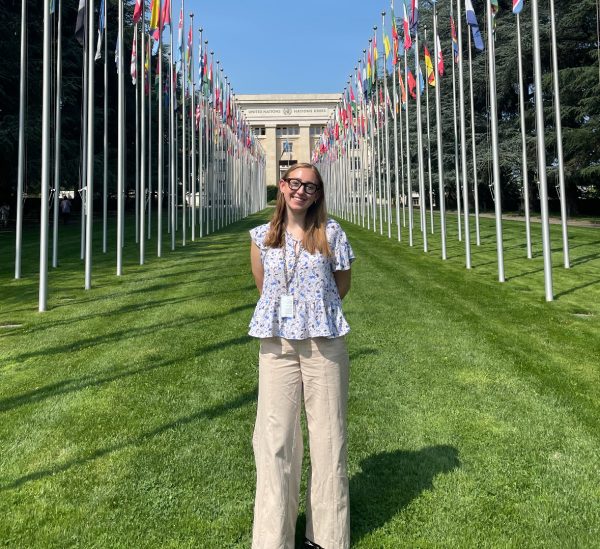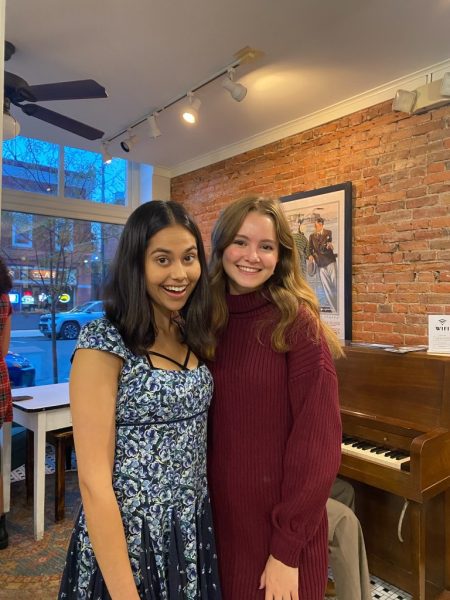Love and Relationships with Professor Jennifer Tomlinson
Jennifer Tomlinson, Assistant Professor of Psychological and Brain Sciences, has taught at Colgate University since 2013. During her time here, she has become known for her classes that focus on understanding the nature of close relationships. Much of the content explored in her classes draws from her own research focused on why relationships form and what makes them grow.
“The stuff that I’ve been doing most recently has to do with having couples engage in different types of activities with one another and looking at how those activities influence their relationship,” Tomlinson explained. “There’s a lot of research that shows if you engage in exciting activities with a partner, that benefits your relationship [because] once you’ve been in a relationship for a while, there’s not as much of an opportunity for self-expansion. That’s where doing fun activities can come in. If you do fun and exciting things with your partner, then you can grow with them.”
Much of her research has been concerned with the self-expansion model, which is a leading theory explaining how close relationships change the self.
“The idea is that when you first fall in love with someone, you grow as a person through what’s called ‘inclusion of the other in the self.’ When you meet someone new, you gain access to all sorts of new identities that can change who you are as a person. It’s the idea that you integrate things that you learn from the other person. The example I like to use is music taste. Pretty much all [of] the music I listen to has been something other people have shared with me. That’s true about ourselves as well, a lot of the things that eventually become part of our own self-concept we originally learn from someone else.”
While the concept of self-expansion is applicable to all types of relationships, it is even more evident in the first stages of a romantic relationship.
“When you fall in love, it has been found that people have a rapid increase in the size of their self [identity],” Tomlinson said. “They did this really cool study with college freshmen and asked them about a whole bunch of life events that happened in the past couple weeks. They did a survey five times throughout the semester and they found that a pretty good portion of them fell in love throughout the semester. Then they had them fill out this question that said ‘Who are you today?’ They found that the people who fell in love included much more about their identities [in their answer].”
Tomlinson’s former students will likely be familiar with these ideas as well as the “fast friends” exercise that every first-year and new transfer student participated in during Fall 2022 Orientation.
“Fast friends” consists of 36 questions divided into three sets of varying emotional intensity — all designed to mimic the process of developing closeness. Set one includes more introductory questions, such as “Would you like to be famous? In what way?” Set two digs deeper, and includes the question “How close and warm is your family? Do you feel your childhood was happier than most other people’s?” Set three gets to the real nitty gritty — the final prompt asks participants to “Share a personal problem and ask your partner’s advice on how he or she might handle it. Also, ask your partner to reflect back to you how you seem to be feeling about the problem you have chosen.” By this last question, the pair is meant to have shared more with one another than even some lifelong friends have.
Tomlinson runs this activity with her students on the first day of classes. The activity comes from a set of questions developed by psychologist Arthur Aron in the 1990s. The same questions went viral in 2015 when writer Mandy Len Catron published an article in The New York Times detailing her experience with the questions. Catron used Aron’s set of questions on a first date and ended up falling in love. Tomlinson explained the psychology behind why the questions work and why she jumps right into it with her students at the beginning of each semester.
“It’s a really amazing task because it’s based on research on closeness and how we develop close relationships. It pretty much always works. You can really visibly see the room change as [the students] go through each set of questions. It starts out at lower-level questions and then increases the level of self-disclosure to mimic the development of a real relationship. When I first tell [students] we’re gonna spend 45 minutes answering questions and getting close to one another people are like ‘uh, ok’ but at the end of it people want to keep talking. I always collect data from [my students] and usually people go from a 1 on a 7-point scale [of perceived ‘closeness’ to a person] to a 4, which is how close the average relationship is. So, within a 45-minute period, people get as close as most relationships are.”
Forming and maintaining healthy relationships is one of the most meaningful aspects of a college experience. Perhaps these relationships won’t all develop from “fast friends,” but the activity does reveal what makes a strong relationship. If you’re interested in exploring more about the science behind this or even want to try your hand at falling in love with just 36 questions, you may want to consider one of Professor Tomlinson’s classes.


